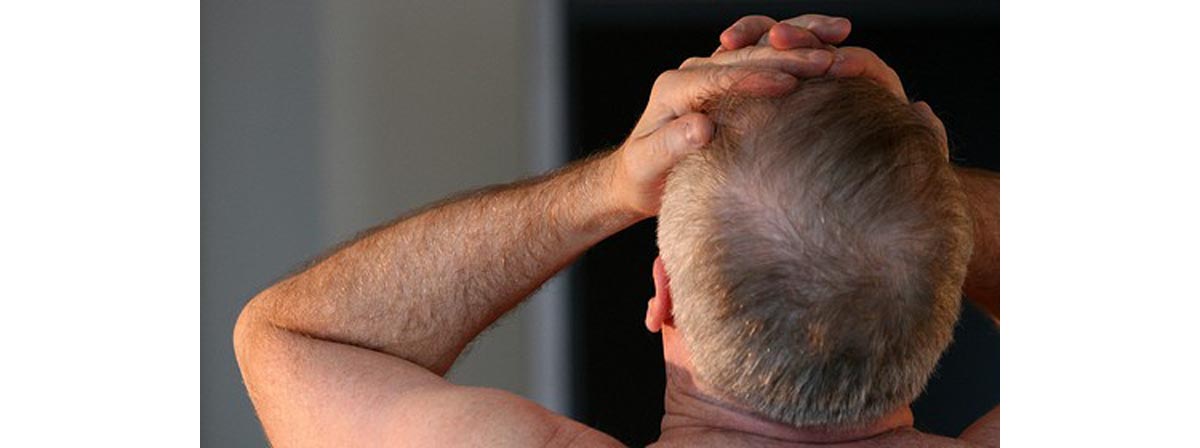Table of Contents
What are cluster headaches? Cluster headaches are intense and excruciatingly painful headaches that come on quickly, usually in 15 minutes or less. They only affect just one side of the head. Affecting about 1 in 1000 men and 1 in 10,000 women, these paroxysmal headaches cause pain that is described as stabbing, burning, crushing, shooting, or exploding pain that some sufferers find literally unbearable.
With the pain being so intense and so harsh, you may be wondering are there any natural remedies for these cluster headaches? You're in luck. It's not that hard to take steps to remedy this pain by simply changing your diet. It can make a big difference.
Let's take a look at exactly what these "cluster headaches" are, what causes them, and most importantly how you can take steps to prevent the horrible pain.

The Worst Pain Imaginable
Neurologists speculate that the cluster headache may generate the worst pain experienced by human beings, comparable, as neurologist Dr. Peter Goadsby puts it, to giving birth twice a day without anesthetic. People who have this kind of head pain compare to having a red-hot poker stuck in the head, or even having a leg amputated without any painkillers, or having a cannon ball blow out of their heads. If you've ever experienced a cluster headache you will now that these headaches are certainly painful. Dr. B. T. Horton, who first described the condition, often put cluster headache sufferers, who were usually men, under suicide watch until their symptoms subsided. Although there is no good surgical treatment for this kind of headache, many doctors note that their patients offer to submit to any kind of operation for relief of the pain.
While cluster headaches occur on only one side of the head, they may present on the left side, right side, front, or back of the head. Cluster headaches always appear with at least one allergy-like symptom, such as one teary eye, runny nose but just from one nostril, one puffy eyelid, sore throat, redness of one side of the face, or sweating from the one side of the forehead or cheeks.
Cluster headaches usually last between 15 minutes to three hours. They may occur as often as eight times a day, or for a few people who suffer cluster headaches, the pain never goes away. Cluster headaches may be episodic, occurring frequently for periods of 7 days to a year with a pain-free interval of a month or longer, or chronic, occurring frequently without any significant period of remission.
What Causes Cluster Headaches?
The simple and honest answer to the question of what causes cluster headaches is that nobody really knows. Genetics seem to be involved. If one of your parents has cluster headaches, you have at least a 50% chance of getting them yourself. If both of your parents have cluster headaches, there is a 75% chance that you will inherit at least one copy of the autosomal dominant gene associated with the condition.
The pain of a cluster headache seems to generated by a massive release of the chemical histamine, the same chemical that causes allergies and that is counteracted by antihistamines. The condition is far more common in men than in women, although the few women who develop cluster headaches experience them earlier in life, the average age of onset in men being about 50. There are some suggestions in research studies that the condition is underdiagnosed in Blacks, that their doctors fail to recognize the disease.
- D'Andrea G, Terrazzino S, Leon A, Fortin D, Perini F, Granella F, Bussone G. Elevated levels of circulating trace amines in primary headaches. Neurology. 2004 May 25. 62(10):1701-5.
- Sewell RA. Response of cluster headache to kudzu. Headache. 2009 Jan. 49(1):98-105. doi: 10.1111/j.1526-4610.2008.01268.x.
- Photo courtesy of Quinn Dombrowski by Flickr : www.flickr.com/photos/quinnanya/4570404724/
- Photo courtesy of Jeremy Keith by Flickr : www.flickr.com/photos/adactio/5013415084/

